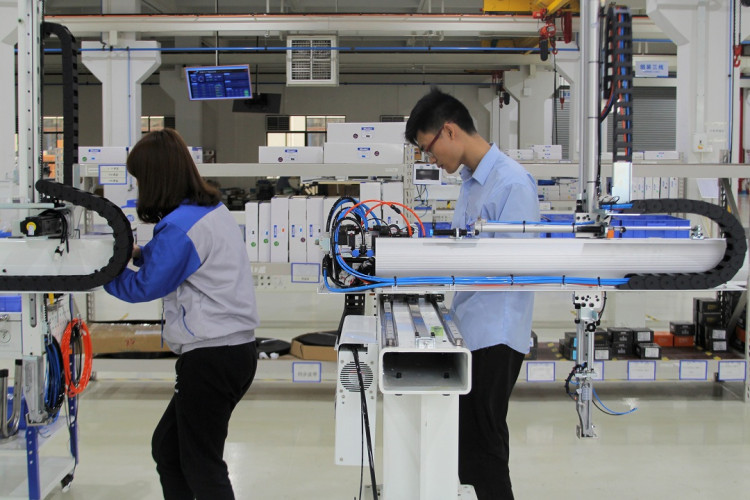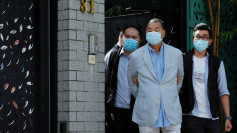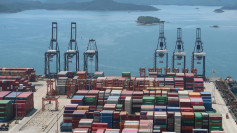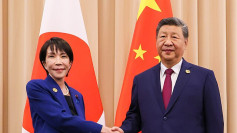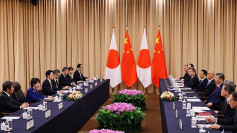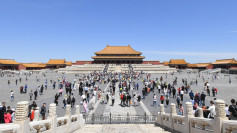Following four months of declining figures, China's manufacturing sectors have finally bounced back. Official data from the country showed that China's factory activity had risen last month when compared to the previous month. However, despite the increase in activity, China's exports have still continued to slide. The downward trend in the country's exports continues as both China and the United States move along with their trade negotiations.
According to the Purchasing Managers' Index, the official indicator of China's factory activity, the country's manufacturing sector had risen by a significant amount last month to 50.5 points. This was an incremental increase from the previous months, which saw an average score of 49.2. This was the biggest month-on-month increase in the index since 2012 and had exceeding prior forecast for the month of March. The new export order and new orders categories in the Purchase Managers' Index also rose to its highest levels in over six months.
The Caixin manufacturing PMI, a separate index that focuses on smaller and private firms, also saw significant increases. The index, which reflects the sentiments of smaller players, revealed increases for the first time in four months.
Economists explained that the growth last month may have been due to seasonal factors as China's factories ramp up their production following a hiatus during the Lunar New Year Holidays in February. Despite this outlook, the incremental growth is still seen by some as a good indicator of stabilization within the sector, easing investor concerns.
While the figures may be good news for global investors, there are still some uncertainties that are weighing in on the manufacturing sector. The ongoing trade deals with the United States may still bring about increased tariff rates if things don't go as planned. This could potentially cut into the country's manufacturing sector activities given how much it currently exports to the western nation.
The chief economist at Guotai Junan Securities, Hua Changchun, believes that the index does indicate that China's economy is improving, albeit relatively slowly. Hua also thinks that the recent improvement in the sector is a sign of stabilization in the global economy. This would eventually lift up other economies, which could lead to global asset increases.
The Chinese government apparently also shares the same sentiments, with China's Premier Li Keqiang announcing to business delegates last week that the country's economy is now doing better than expected. The premier spoke at the recently held Boao Forum for Asia Annual Conference, which was attended business and academic leaders from Asia and other parts of the world.
